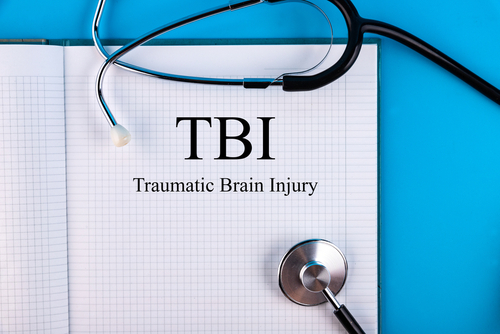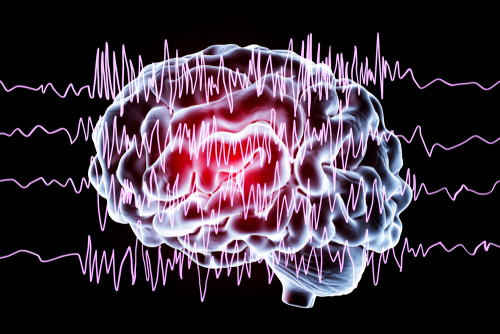Traumatic brain injury (TBI) as defined by the Centers for Disease Control and Prevention (CDC) is “a disruption in the normal function of the brain that can be caused by a bump, blow, or jolt to the head, or penetrating head injury.” Symptoms that present with TBIs can range in severity and duration. The treatment process will be directly informed by an individual’s circumstances and the severity of his or her TBI. Sustaining a TBI may cause some individuals to be immobile for a period, however, when capable individuals with TBI are physically inactive, it leads to reduced fitness levels and the development of secondary health conditions. Exercising after a TBI can greatly improve one’s recovery process. The Academy of Neurological Therapy asserts “Exercise has been shown to help improve and prevent many conditions, including weight management, stress levels, emotional regulation/ mood, memory, attention, strength, endurance, balance, flexibility, and blood pressure regulation.” Exercise recommendations will continuously shift as an individual’s endurance increases and new activity goals are established.
Exercise Guidelines Post TBI
The type, frequency, and duration of exercises recommended will be different for everyone, as factors such as the type of injury, the severity of the injury, the area of the brain that was injured, as well as its associated effects will all contribute to what is best for the individual. An exercise program for an individual with a TBI should be customized to address an individual’s specific abilities and needs, while also considering the impact of the brain injury on one’s physical body and cognition. The American College of Sports Medicine (ACSM) published exercise guidelines for individuals with a TBI which recommend, “exercising at a frequency of three to five times per week, at an intensity of 40% to 70% of peak oxygen uptake, or a 13/ 20 Rating of Perceived Exertion (RPE), and for a duration of 20 to 60 minutes using an appropriate mode of exercise…” Depending on the individual’s physical ability, different forms of exercise that could benefit one’s recovery process could include walking, jogging, swimming, cycling, dancing, aerobics, yoga, and more. Prior to initiating any type of exercise after sustaining a TBI, it is essential to consult one’s medical team to avoid exacerbating any adverse TBI symptoms.
For Information and Support
If you are concerned for yourself or a loved one regarding substance abuse and/ or addiction, we recommend reaching out for help as soon as possible. If left untreated, substance abuse can result in long-lasting and potentially life-threatening consequences. Keep in mind: you are not alone! There is an entire network of professionals that are available to help and support you and your loved one throughout the recovery process. The earlier you seek support, the sooner your loved one can return to a happy, healthy, and fulfilling life.
Please do not hesitate to reach out with any questions regarding our specific program at Haven House Addiction Treatment and/ or general substance abuse and/ or addiction treatment-related information. Our highly trained staff is readily available to discuss how we might best be able to help you and your loved one. We can be reached by phone at 424-258-6792. You are also welcome to contact anytime us via email at admissions@hhtxc.com.



